How to Create a Powerful Selling Letter Template
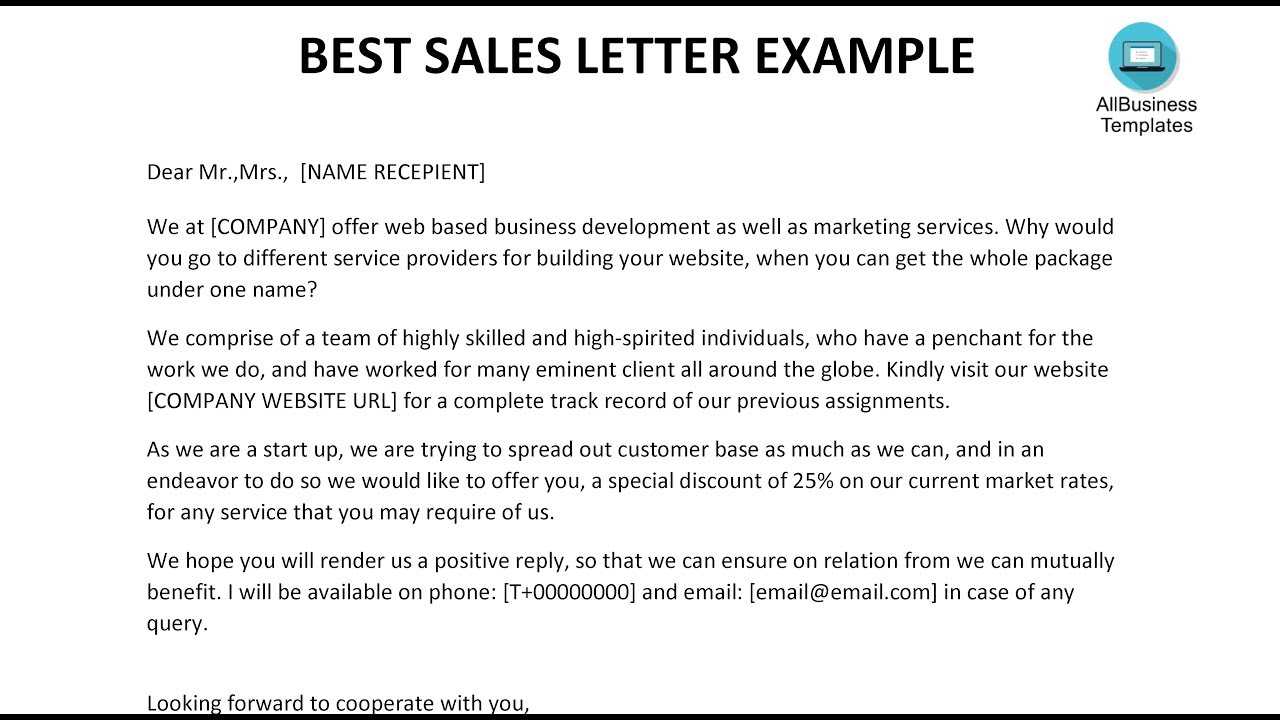
In business, the way you communicate with potential clients can significantly impact the success of your offer. Crafting a clear, compelling, and professional message is essential for making a lasting impression. The key to success lies in understanding how to structure your communication, whether you’re promoting a product, service, or idea.
Effective communication should be persuasive and tailored to the reader’s needs. By focusing on the right components, such as addressing the recipient’s pain points and offering a solution, you can increase the chances of a positive response. A well-organized and engaging message will not only capture attention but also build trust with your audience.
Having a structured approach is important to ensure that your message is both clear and memorable. Whether you’re writing to a new client or following up on a previous conversation, your communication should reflect professionalism and purpose. Understanding these principles will help you create impactful and effective messages every time.
Why Selling Letters Are Essential for Business
Effective communication with clients and prospects is a cornerstone of any successful business strategy. Crafting a clear and compelling message helps create a connection, build trust, and ultimately drive sales. Whether reaching out to potential customers for the first time or nurturing existing relationships, the way you present your offer plays a crucial role in its success.
Building Trust and Credibility
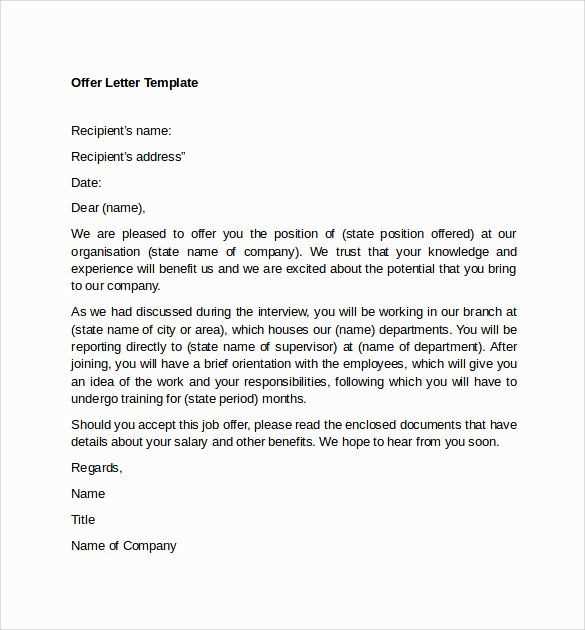
When done correctly, a well-structured message can establish credibility and position your business as a reliable and professional entity. By offering clear information and addressing the recipient’s needs, you show that you understand their challenges and are equipped to provide a solution. This is key to gaining the trust of your audience and turning initial inquiries into lasting business relationships.
Increasing Response Rates and Engagement
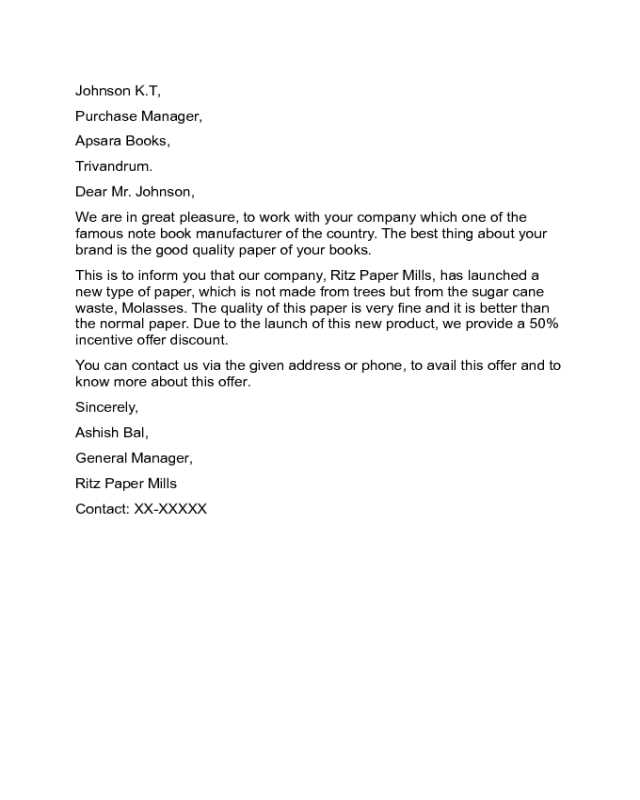
A carefully crafted communication not only grabs attention but also encourages action. By focusing on the recipient’s needs and demonstrating the value of your offer, you increase the likelihood of receiving a positive response. Whether your goal is to schedule a meeting, make a sale, or foster ongoing communication, an effective message enhances engagement and drives results.
Components of a Successful Sales Message
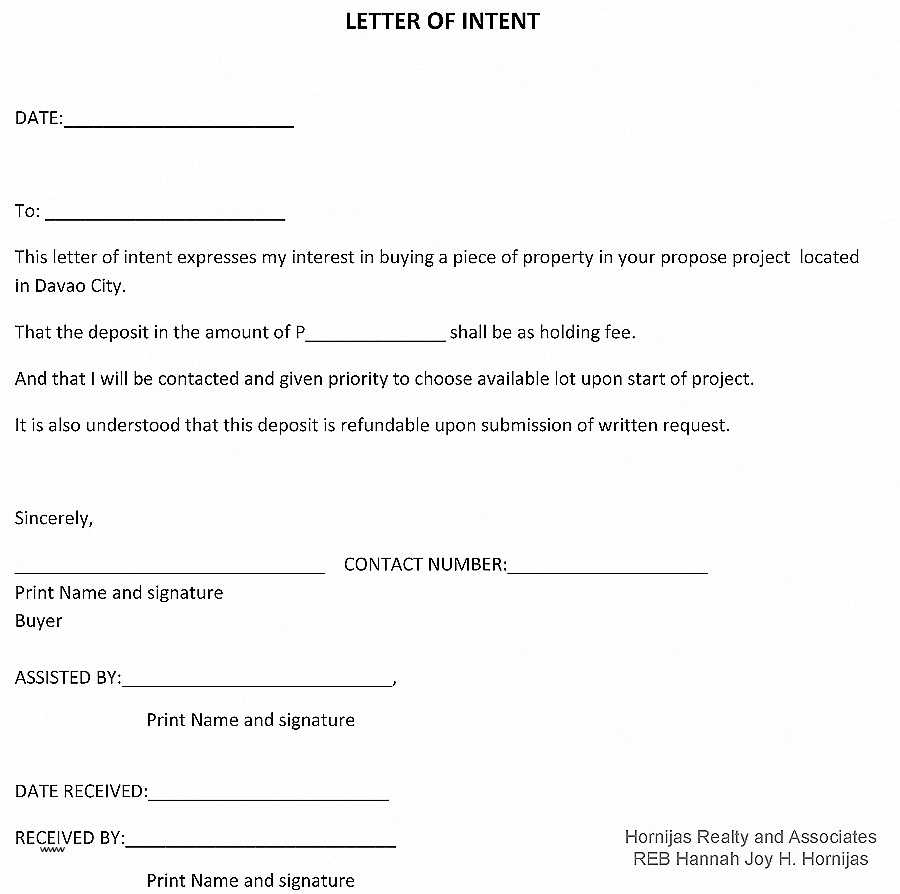
To capture the attention of your audience and achieve your desired outcome, every communication must be thoughtfully structured. Key elements must be included to ensure clarity, engagement, and a persuasive call to action. A well-organized message guides the reader through the main points and prompts them to take the next step.
The opening of your message should immediately grab attention by highlighting a relevant problem or opportunity. This sets the stage for the rest of the communication and shows the recipient that their needs are understood. Following that, presenting a clear solution or value proposition is crucial to demonstrating how your offer meets those needs effectively.
Finally, a strong closing is essential to prompt action. Whether it’s scheduling a meeting, requesting a follow-up, or making a purchase, a direct and motivating call to action should encourage the reader to take the next step. Additionally, maintaining a tone of professionalism throughout the message reinforces your business’s credibility and reliability.
How to Craft a Persuasive Message
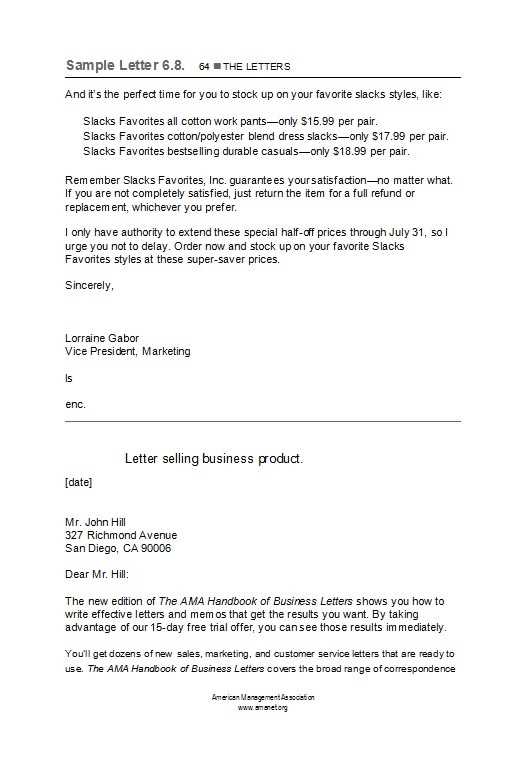
Creating a persuasive message involves more than just presenting an offer; it’s about connecting with the recipient on an emotional level and providing a clear, compelling reason for them to take action. To achieve this, the message must be carefully structured, focusing on the recipient’s needs, addressing pain points, and offering a solution that feels personalized and valuable.
The first step is to identify what the recipient values and how your offer aligns with those needs. Your message should highlight how your solution addresses their specific challenges or desires, making it clear why it’s the best choice for them. Presenting benefits rather than just features will resonate more deeply and drive engagement.
Additionally, building credibility is crucial to persuasion. Using testimonials, data, or examples of previous successes can help strengthen your case and make your offer more trustworthy. Finally, a clear and confident call to action encourages the recipient to act immediately and without hesitation.
| Component | Purpose |
|---|---|
| Understanding Needs | Shows empathy and relevance, aligning the offer with the recipient’s desires. |
| Benefit-Focused Messaging | Emphasizes the advantages of your offer, rather than just the features. |
| Credibility | Increases trust with examples, testimonials, or success stories. |
| Clear Call to Action | Encourages immediate response and provides clear next steps. |
Avoiding Common Pitfalls in Sales Messages
When crafting a business communication, it’s important to avoid common mistakes that could undermine your message’s effectiveness. A poorly executed message can not only fail to capture attention but also harm your brand’s reputation. Identifying and steering clear of these pitfalls ensures that your communication remains professional, engaging, and persuasive.
Overloading with Information can overwhelm the recipient, making it difficult for them to identify the key points. Keep your message concise and to the point, focusing on what truly matters. A clear and simple structure allows the reader to absorb your offer without feeling bogged down by unnecessary details.
Being Too Pushy can have a negative impact on the reader’s perception. While it’s important to encourage action, coming across as overly aggressive or desperate may drive potential clients away. Instead, focus on creating a sense of urgency while maintaining a respectful and professional tone.
Lack of Personalization is another common issue. Generic, one-size-fits-all messages fail to resonate with the audience. Tailoring your communication to the specific needs and interests of the recipient shows that you value their business and have put thought into your approach.
Techniques for Personalizing Your Message
Personalization is a key factor in making your communication stand out and connecting with the recipient on a deeper level. By tailoring your message to address the recipient’s specific needs and interests, you can create a more engaging and impactful experience. Here are several techniques to help you achieve that:
- Use the Recipient’s Name: Starting your message with the person’s name immediately creates a sense of familiarity and respect.
- Reference Previous Interactions: Mentioning past conversations or actions makes the communication feel more relevant and shows that you are attentive to their history with your business.
- Highlight Relevant Pain Points: Acknowledge the challenges or needs the recipient may be facing and how your offer can solve them, showing that you understand their situation.
- Offer Tailored Solutions: Instead of offering generic advice or solutions, focus on how your specific product or service can best meet their individual requirements.
- Show Knowledge of Their Industry: Referencing industry-specific trends or challenges demonstrates that you are knowledgeable and invested in their success.
By incorporating these techniques, you can create a personalized and compelling message that resonates with your audience and increases the likelihood of a positive response.
Formatting Tips for Professional Communications
Proper formatting is essential for creating a clear and professional impression in your business messages. The way you structure and present your content can significantly influence the recipient’s perception of your professionalism and attention to detail. A well-formatted message not only makes your communication easier to read but also helps convey your points more effectively.
Keep it Clean and Simple
Avoid clutter and unnecessary distractions by sticking to a clean, organized format. Use clear, readable fonts like Arial or Times New Roman, and make sure the font size is appropriate–typically 11 or 12 point. Ensure there’s sufficient white space between paragraphs and sections to make the text visually appealing and easy to navigate.
Structure and Clarity
Break your message into easily digestible sections. Use short paragraphs and bullet points where appropriate, especially when highlighting key benefits or features. A well-structured message allows the reader to quickly grasp the main points without feeling overwhelmed. It’s important to prioritize readability and clarity in every part of your message.
Enhancing Your Message’s Effectiveness
To increase the impact of your communication, it’s crucial to focus on both the content and the approach. A powerful message engages the reader, communicates value clearly, and prompts action. By refining certain elements, you can significantly improve its effectiveness and drive better results.
Focus on the Audience by understanding their needs and motivations. Tailoring your message to address their specific concerns and offering solutions will make it more relevant and persuasive.
Use Strong Calls to Action to encourage the reader to take the next step. Whether it’s making a purchase, scheduling a call, or signing up, a clear and direct call to action can guide the reader toward the desired outcome.
Lastly, ensure that your tone is both professional and approachable. A balanced tone fosters trust and makes the recipient feel valued, which is essential in building strong business relationships.